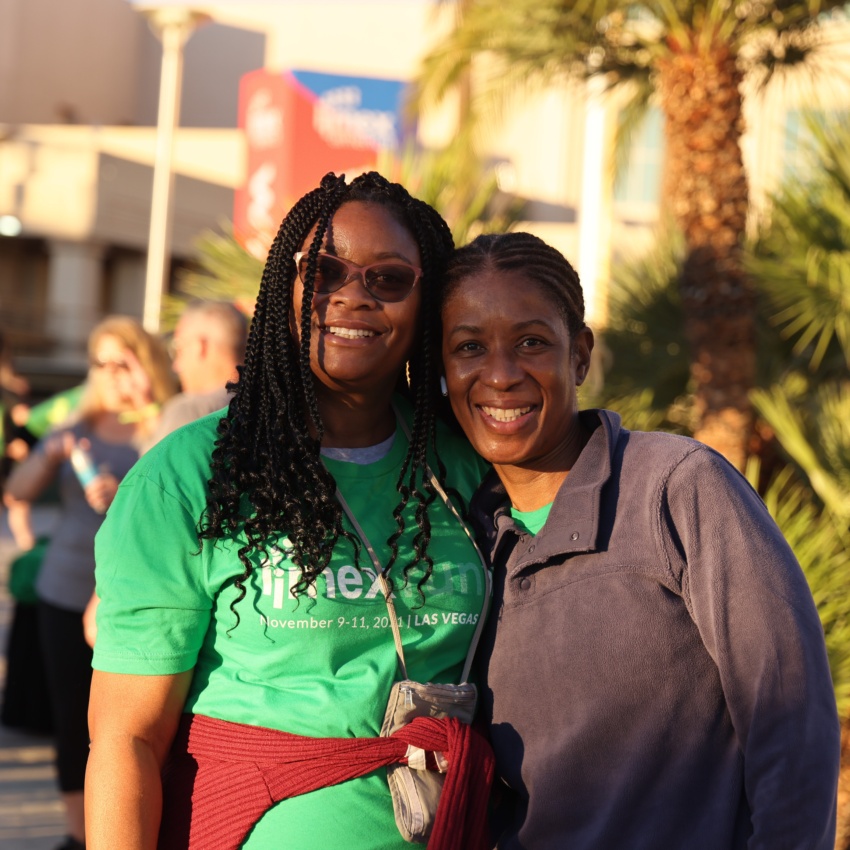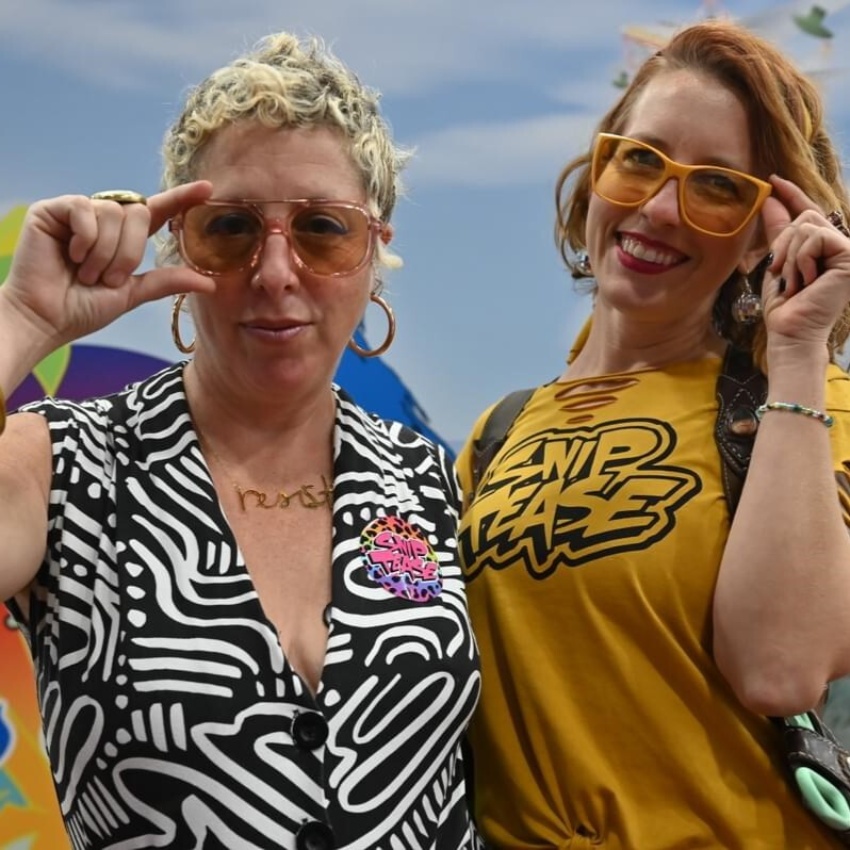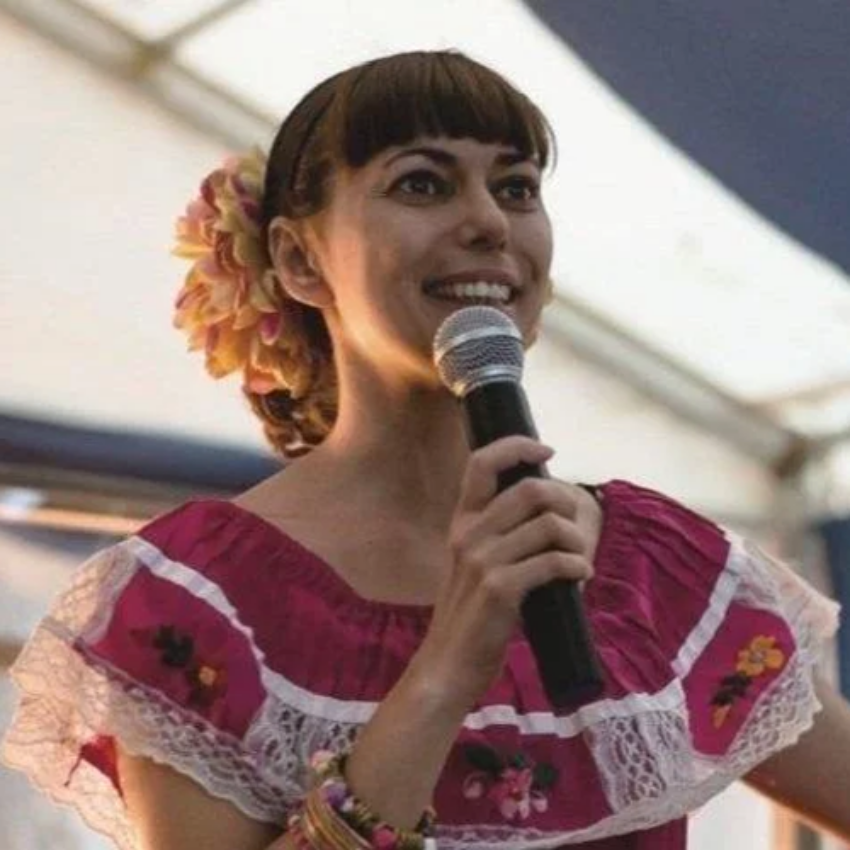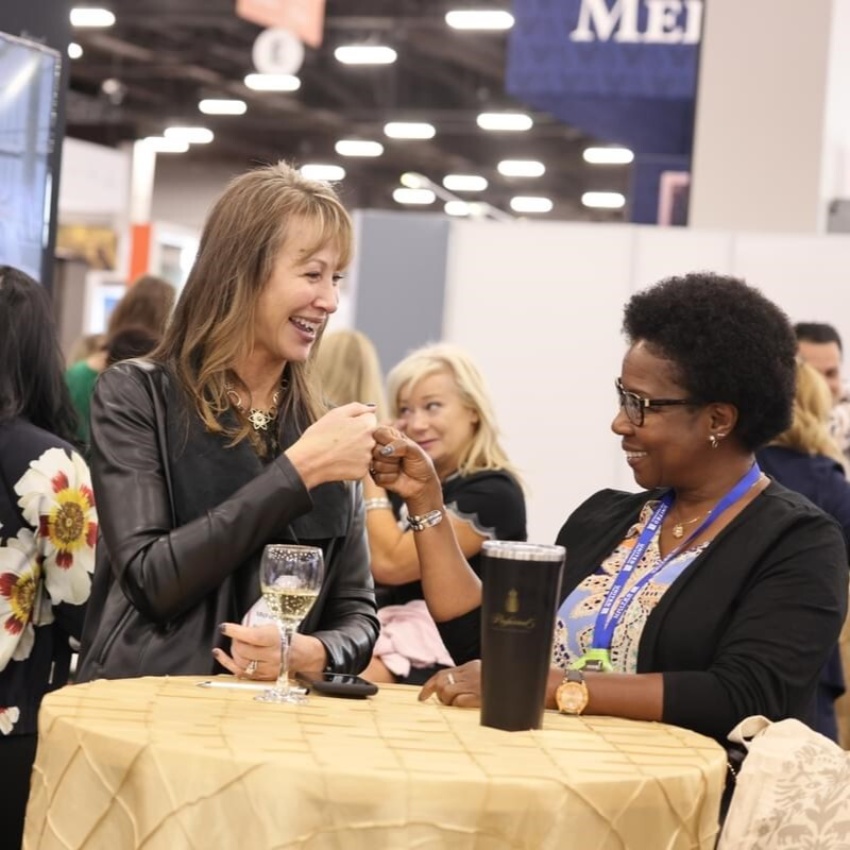How can planners create connections and boost happiness at events?
According to Janet Sperstad, we’ve entered a new era – the age of loneliness. Sperstad explains “Events bring people together – and that’s vital to the success of humanity.”
We’re all aware of the impact of social distancing as a result of the pandemic. It’s this isolation alongside an increasing reliance on technology, our destruction of the animal kingdom and a devastating disconnect from nature (did you know we spend a whopping 90% of our day indoors?) that has resulted in a more insular, isolated society.
This, of course, has a detrimental effect on us – one that’s similar to physical pain – as it goes against the vey grain of our being. Sperstad explains: “We’re hard-wired to make and foster social connections. When people connect with each other, they’re healthier and happier.” So how can we create connections and boost happiness in the era of loneliness?
Events as experiences for humanity
Here’s where event professionals come in. “Events are part of the antidote, bringing people together in a collective experience. We don’t create meeting and events, we create experiences for humanity”, declares Sperstad. Pretty powerful stuff.
She goes on to explore the science behind events as a collective experience. “Events create a temporary ecosystem, with a shared sense of belonging. It’s the perfect environment to generate a deep social connection and sense of happiness. When we gather to share opinions and ideas, solve problems and learn new things, the reward section of our brain – ‘the happy part’ – is activated.”
Watch now: Face-to-face events: An antidote to the age of loneliness
Top tips for designing events for connection:
1. Strategically program your sessions:
- Ensure there’s a mixture of intense sessions in the morning, when the mind is fresher, and social learning in the afternoon.
- This delivers a ‘brain-friendly’ event, one that works with the mind’s natural rhythms throughout the day.
- Here’s Janet’s word of warning – avoid scheduling content at 2.55pm – “it’s the worst time of day for the brain, when it suffers its lowest cognitive dip”.
2. Share your agenda in advance
- Provide a detailed agenda, highlighting when participation is encouraged, how this will be achieved and with whom.
- The certainty of knowing who the fellow participants are helps to create a sense of belonging.
3. Give your audience a voice
- Give participants the tools they need to share their opinions, be it in person or via social media (and share the event hashtag well in advance).
The true value of face-to-face interaction
Although the event sector is currently experiencing a tough time, Janet’s optimistic outlook struck a chord with me. “The opportunity to gather together face to face at a meeting or event, have conversations and enjoy a shared experience is one that we’ll now relish”, she says. This couldn’t be more true. Looking someone in the eye and having a conversation no longer seems a relatively minor occurrence. Indeed it’s one that we’ll now cherish and events can play their part in creating these moments.








